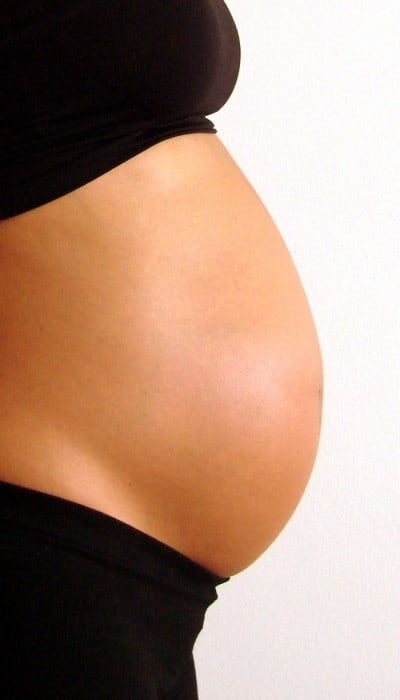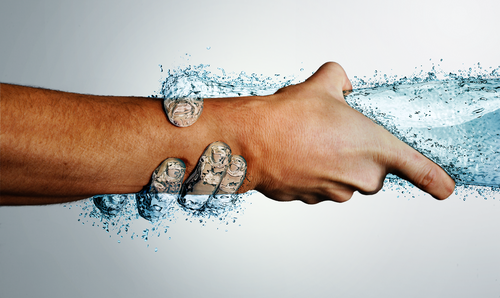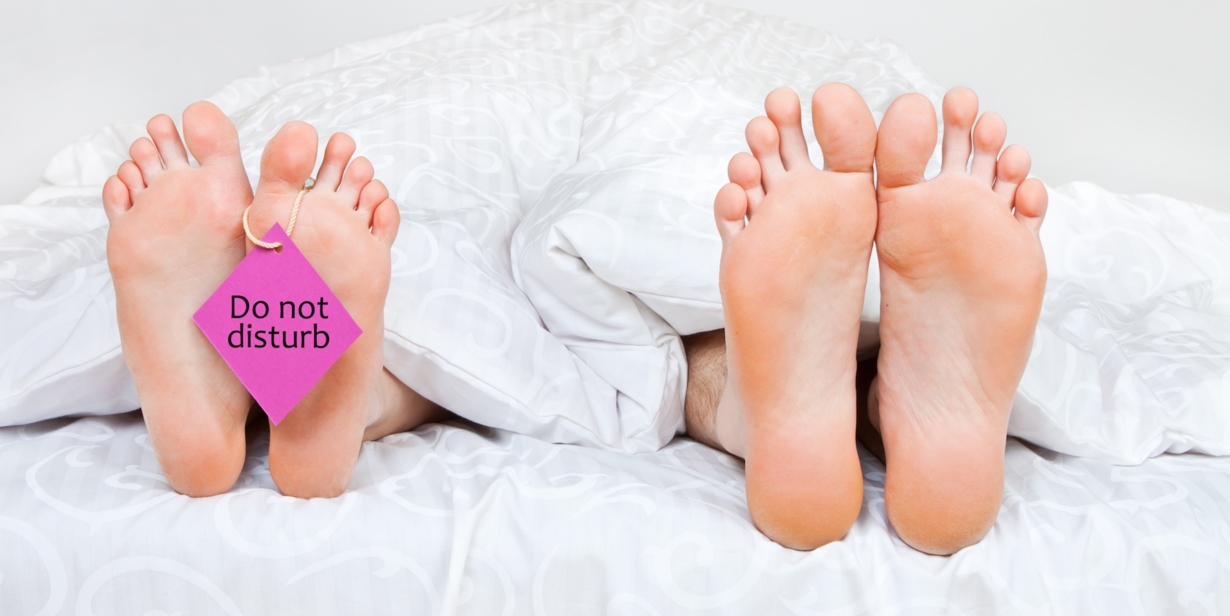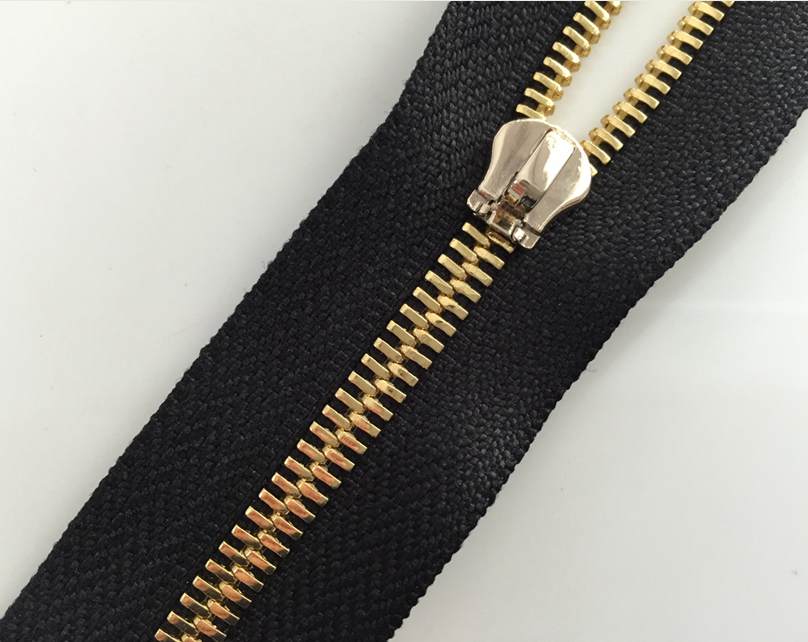The first
and most important rule is not to lift anything heavier than your baby. Even
when you lift your baby it should be done with utmost care and in slow motions
so that you don’t make any hurtful moves. Some doctors also advise breast
feeding while laying on the side rather then holding the baby in your arms
pressing your stomach.
New moms
may need some assistance with household chores such as laundry and grocery
shopping so they avoid lifting heavy items. They may also need some assistance
caring for other young children; for instance, they should not lift toddlers in
and out of bed.
The support
for your stomach is the most important thing. It goes as far as holding your
belly when you sneeze, cough, or laugh to keep it still and prevent the pain.
2. Exercise
Apart from
the obvious no lifting anything heavier than your baby rule, is the rule of no
exercise. Most women wouldn’t even think about exercising after any major
surgery, but for those optimists that think they can do it and that they are
different, don-t be fooled.
In a c
section there are several layers of stitches that go through your muscles and
tissues and not just the surface. Some layers of muscles are stretched apart so
it takes time after a c section for them to come back to their natural place
and elasticity.
Usually,
exercise should be avoided during the first six to eight weeks, to avoid any
strain and facilitate the healing of the post C-section wound. If one is keen
on it, a very light exercise should be initiated and that too after four to six
weeks of a C-section.
Even when you start working out, try to build up your exercise levels gradually. Once you
have recovered from your c-section and no longer have any pain, it is usually
safe to start low-impact exercises, such as swimming, pilates, yoga, gentle
jogging and low resistance gym work.
3. Using heavy creams
Fore those
women that don’t consider a c section their pride and joy, and don’t think of
it as a beautiful reminder of a miracle they have performed, here is a useful
tip. There is no fast way to make a c section scar disappear. There are things
that can help and there are things that can make it worse. The main advice in
the first period after the surgery is to gently clean the scar area just with
water and gentle soap, and that is only after the stitches have been removed.
The use of creams is not recommended and most creams even state it in their
instructions. There are even some advices not to get the scar exposed to
extreme sun in few first months.
You may be
eager to try vitamin E or over-the-counter creams like cocoa butter in an
effort to reduce the appearance of your C-section scar. Be sure to manage your
expectations. There have not been any good scientific studies demonstrating
that any over-the-counter preparations are better than just proper wound care.
For those
impatient ones, you can apply a silicone sheet to the scar, starting two weeks
post C-section. It may prevent long term redness or bumpiness by hydrating the
scar, but it has to be on 24/7.
4. Another pregnancy
Basically,
when you give birth the natural way it takes some time for your body to get
back in shape and to remember what was it like nine months prior to giving
birth. For c section it sometimes takes 3 times that. In terms of another
pregnancy it means that you should avoid giving birth for two years, or if you
would rather have it, avoid getting pregnant until your baby is at least one
year old.
Of course,
if somehow you manage to forget this, there are cases of two c section that are
not that far apart but it is highly risky and not advisable by doctors.
Research
shows that getting pregnant less than six months after a C-section can increase
your risk of complications, such as ruptured uterus or a low birth weight baby.
If you'd like to try for a vaginal birth next time, you have even more reason
to consider holding off on getting pregnant, since studies have found that the
rate of uterine rupture is higher during vaginal birth when it's been less than
two years between deliveries.
5. Avoid driving
There are a
lot of things and activities that one should avoid after c section but driving
is on top of that list. Those women who had their c sections can verify that in
first few months even the smallest wrong movement can hurt like hell and you
never no for certain what can trigger the pain. Thus, avoid driving for the
safety reasons, yours and those around you. When behind the wheel you don’t need
those kind of distractions and involuntary movements caused by reflex.
Doctors
usually recommend that you avoid driving a car until your cesarean wound has
healed and you can brake suddenly without feeling sharp pain. This is usually
around six weeks.
6. Dehydrate
While most
new moms will have a bowel movement within three days of delivery—in fact, many
hospitals won't discharge you until you do—constipation is thought to affect 25
to 50 percent of women during the first two weeks after giving birth.
A diet that
includes plenty of water and fiber should help alleviate constipation
after a cesarean delivery. Avoid refined and highly processed
foods because they lack nutrients and fiber. They also usually have a high
amount of salt and sugar. If after a few weeks, you still haven't
found relief, raise a red flag and contact your doctor.
Your body
needs water throughout the day, as it makes up more than half your body weight
and is crucial for the proper functioning of every bodily system. After a c section,
water is crucial to assist with healing, enhance the production of milk during
breastfeeding and prevent constipation. If you are trying to lose baby weight,
water might even be an ideal appetite suppressant when you consume two 8 ounce
glasses before meals.
7. Sleeping on stomach
It is not
advised to sleep on your stomach after a c section because the goal is to minimize
the pressure on the wound. Some women find that rather disappointing because of
their usual habits, but stomach sleeping can put pressure on the incision,
causing irritation around your scar. It can also increase the risk of popping
stitches.
Most women
find sleeping on their back to be the most comfortable. This helps them keep
all pressure off of their incision site. Many women use pillows to take
pressure off their hips, knees, and lower back when sleeping this way.
Some women
find sleeping on their side to be comforting than sleeping on their back.
Placing pillows around the hips and stomach can help side-sleepers avoid
rolling over toward their incision. Find the sleeping position that is most
comfortable for you, taking care to not put pressure on your incision.
8. Having sex
After
having a cesarean you will still need to wait about six weeks before having sex.
It is important that ensure that your incision is healing well and that your postpartum
bleeding has stopped, all of which thus implies that you should sexually
restrain yourself.
Every one's
recovery is different, and the pace may depend on whether the C-section was
extensive or unplanned. Many women who have undergone a C-section chose to wait
those recommended 4–6 weeks before having sex because they experience soreness,
vaginal bleeding, and fatigue following the birth.
9. No baths just shower
No, you are
not supposed to take a fully submerged bath until three weeks after the surgery.
It is to keep the incision area dry and prevent bath water from entering into
the vagina. You may also strain yourself by getting in and out of the bathtub,
which might delay recovery.
After a
cesarean, your body needs some time to recover completely. You may experience
pains and aches, some of which require immediate attention and management. You
will also experience vaginal bleeding and fever that could be favorable factors
for contracting infections.
Therefore,
it is safe to take a bath only after the incision heals. Until then, long live
the shower.
10. Zippers
Funny as it
sounds, but zippers are the worst enemy of c section births. They are placed
right there where it hurts the most, they press and squeeze and Itch, and are the
most irritable thing.
The best
thing for the first period after a c section is to hang on to your pregnancy
pants. If you have already discarded those, get a hold of some loos tights or
dresses.
Go for
great compression panties or stretchy, high-waisted underwear with a wide band
across the top. You'll want something that sits above your incision and won't
slip down as you move. Look for underwear roomy enough to accommodate large
postpartum pads.
Comfortable
sleepwear should be a priority for every new mom. Although pajamas are usually
considered night-time apparel, new moms often wear them around the clock in the
beginning. Look for a material that makes you feel cozy, and a design that
allows easy access for nursing.
The
recommendation is not to cover up the wound too much so if you have the
necessary prerequisite – wear your birthday suit.











No comments:
Post a Comment